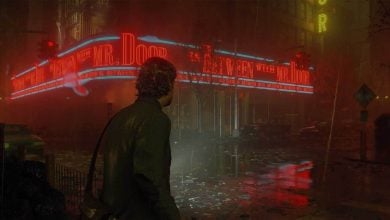Alan Wake 2 Review
Overall
-
Story And Setting
-
Gameplay
-
Visuals And Performance
Verdict
Alan Wake 2 is not only the best possible sequel fans could have hoped for, it’s also an incredible survival horror game in its own right.
Pros
- Incredible Story
- Great Gameplay
- Exceptional Visuals
- Angel Lamp Mechanic
- Excellent Worldbuilding
Cons
- Some Repeated Objectives
The original Alan Wake was an incredibly fascinating game that had a lot of great things going for it when it came out all the way back in 2010. But in a year when other critically acclaimed titles like Red Dead Redemption and Mass Effect 2 were making waves, it never quite managed to get the attention it deserved.
- Developer: Remedy Entertainment
- Publisher: Epic Games Publishing
- Release Date: October 27, 2023
- Platforms: PC, Xbox Series X/S, PlayStation 5
- Game Length: 20 Hours
- Time Played: 35 Hours
And although it did get a small spin-off titled Alan Wake’s American Nightmare two years later, that still wasn’t quite enough to bring the series to a global audience. And for the longest time, fans like myself had lost hope that we would ever get to return to the town of Bright Falls. Or so we thought.
First revealed back during the Game Awards 2021, Alan Wake 2 has been a long time coming, and it’s better than we could have ever hoped for.
Story And Setting
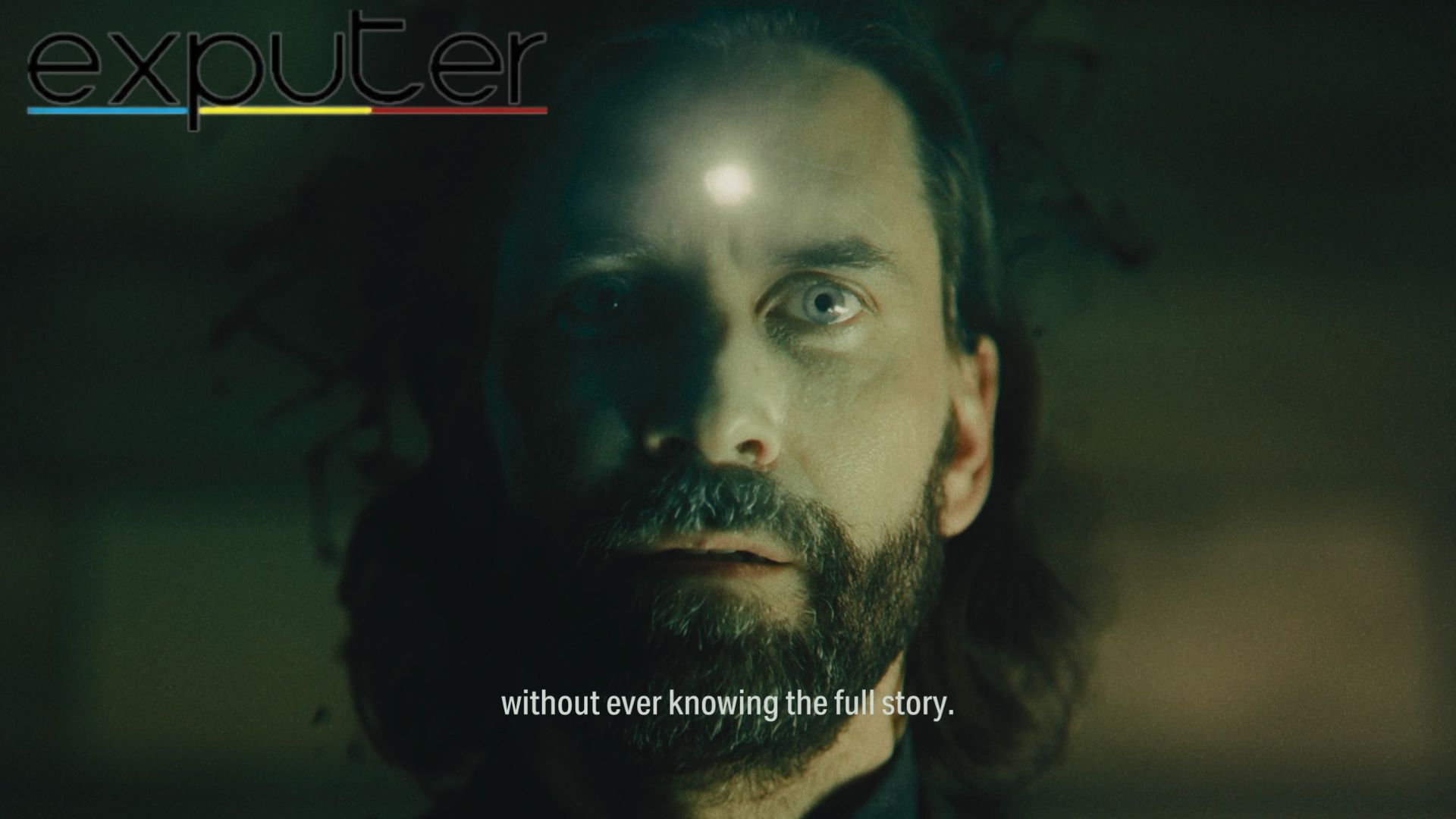
Alan Wake 2 takes place 13 years after the events of the first game, during which time our titular protagonist has been missing from the world as he had been trapped within the Dark Place at the conclusion of the first game. So as you might have already guessed, the title already expects you to have some familiarity with the story.
The plot starts off by putting you in the shoes of our deuteragonist, FBI agent Saga Anderson, who arrives in Bright Falls to investigate the latest victim in a string of mysterious murders. She’s an excellent new lens through which to view the world, and her own story arc hooks you from the very start.
The first few hours play out like a detective procedural, taking things slow, and helping establish a sense of what’s happened in the past 13 years.
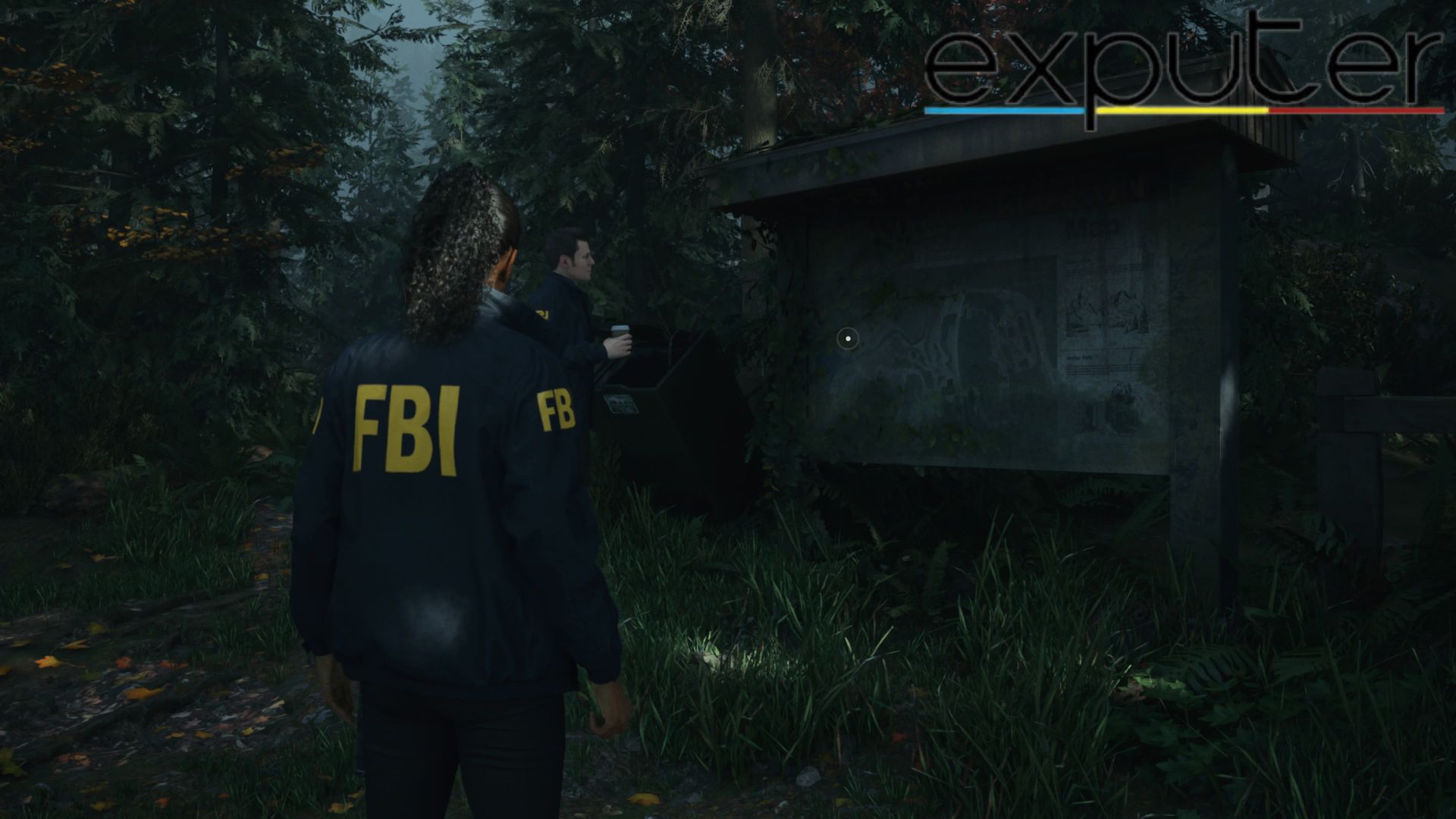
But Saga soon finds that things aren’t as simple as she expected, especially when she encounters a manuscript page describing her future. And from here, things keep on ramping up, leading to the eventual discovery of Alan Wake himself on the shores of Cauldron Lake.
Alan Wake 2 takes place 13 years after the events of the first game, during which time our titular protagonist has been missing from the world.
From here, the game switches between the two at certain points to allow us to experience the story from both of their perspectives. Saga’s viewpoint focuses on her attempt to stop the mysterious cult behind the murders, while Alan’s is focused on his efforts to escape the Dark Place, which takes the form of a warped New York.
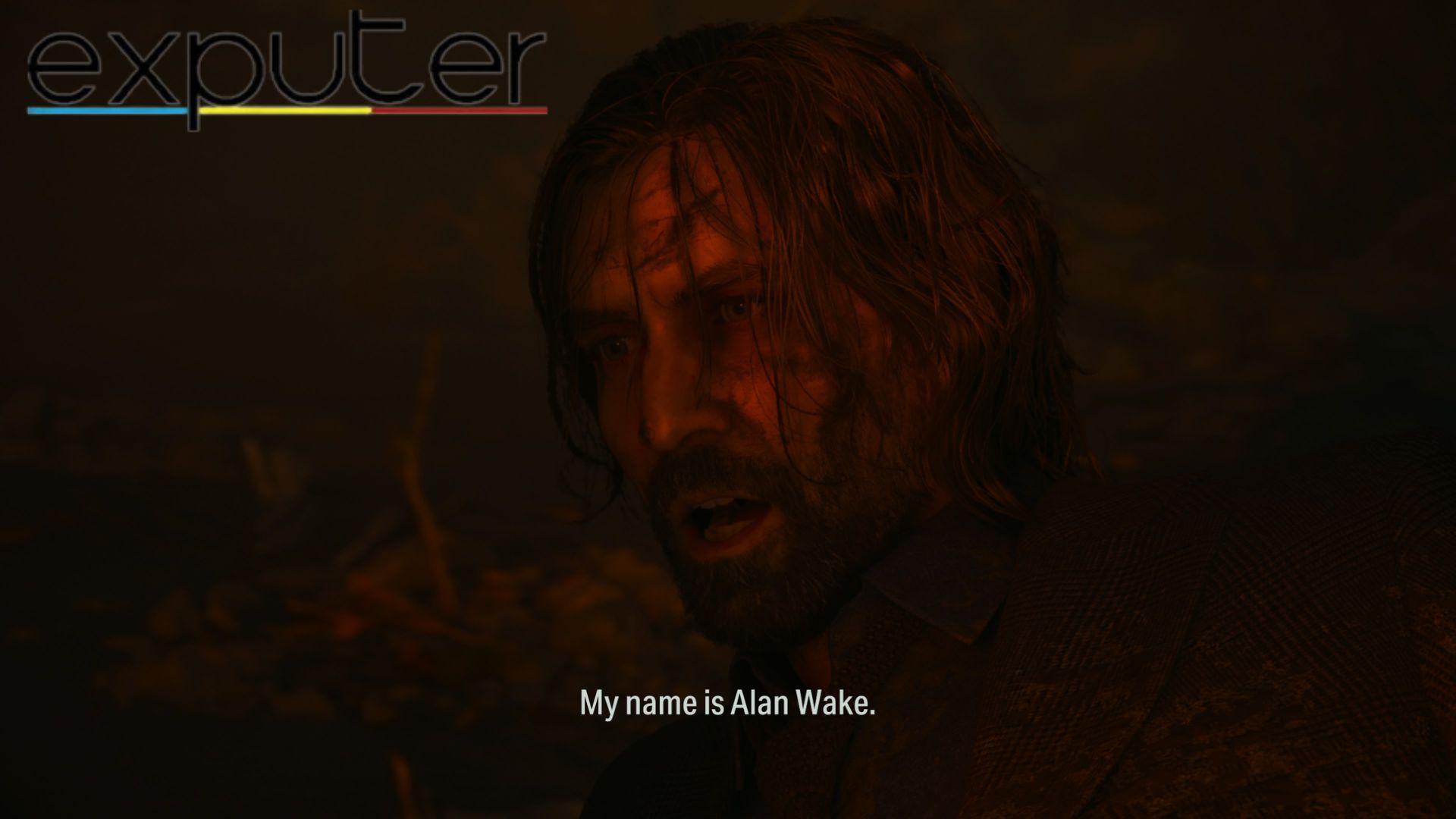
There are also other plot points that pull you along, like how residents in Bright Falls seem to know Saga on a personal level, or what happened to Mr. Scratch, the antagonist from Alan Wake’s American Nightmare. It’s all really rewarding, especially if you’re a longtime fan.
Alan Wake 2 is also not an isolated narrative, and fans like myself who have played Remedy’s previous title Control, will quickly learn that these two games are intrinsically linked.
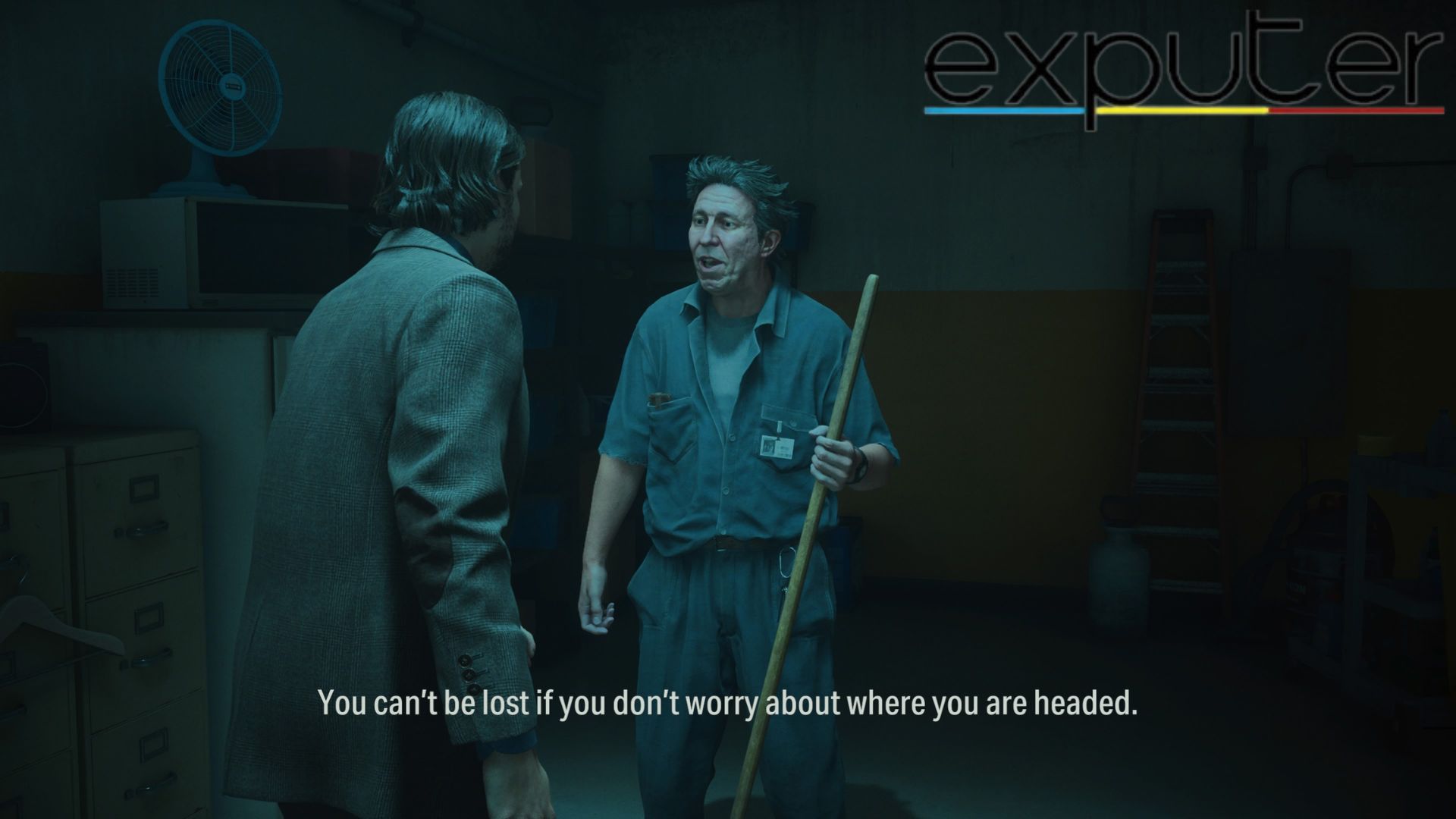
A major side character in Contol, a friendly janitor who’s more than he seems, is one of the main driving forces behind the events of Alan Wake 2.
All of these plot points build and build, eventually leading to a satisfying conclusion that’s more than I could have ever hoped for.
Gameplay
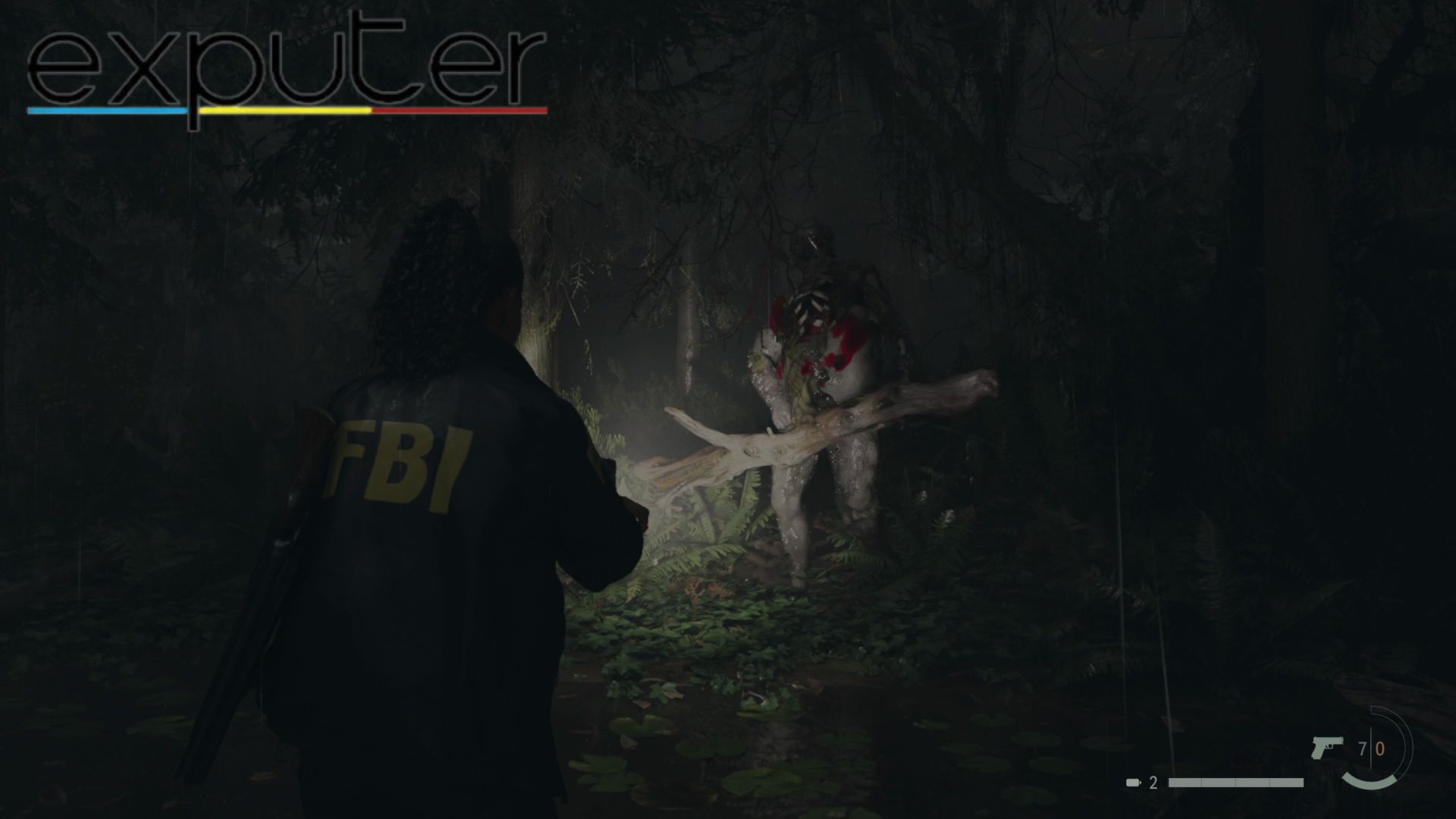
Like its predecessor, Alan Wake 2 is a third-person shooter with an emphasis on making use of light mechanics to defeat your enemies. But unlike the first game, the survival horror aspect is pushed to 11 here, and the result is an experience that is more tense and challenging than the action-adventure roots of the original.
To start with, enemies in the game, The Taken, are still cloaked with a layer of shadows. And in order to actually harm them you have to point a light source in order to break this shield. The most common way of doing this is by using your flashlight, which can be pointed directly at enemies to quickly burn the darkness away.
After that, you can unload a variety of conventional weapons like pistols and shotguns to actually put them down, and yes, shooting is still as satisfying as ever.
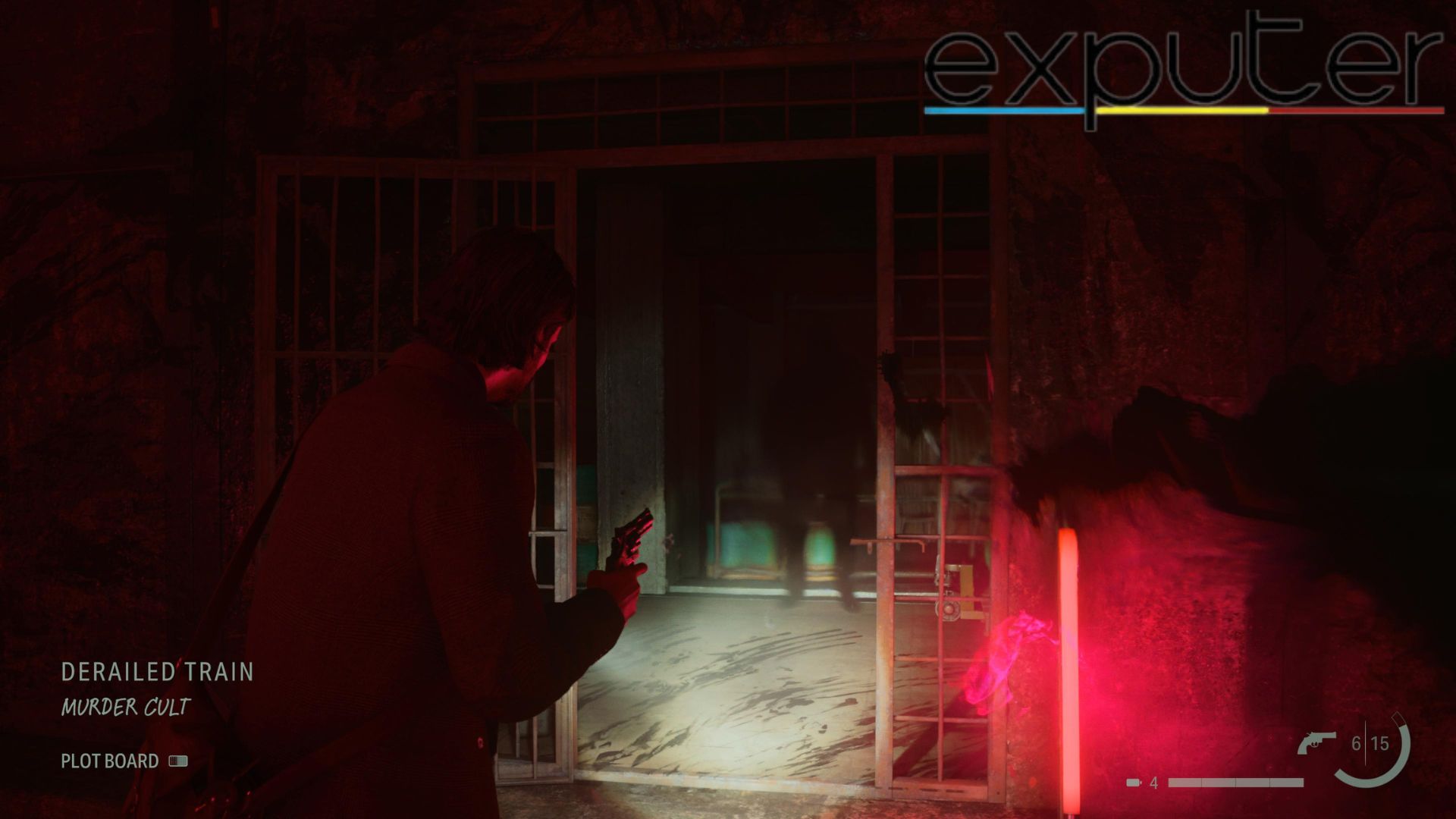
But unlike The Taken of the first game, the foes here are much more resilient and can take multiple point-blank shots to the head before they actually go down. Using light on them will now also reveal glowing red spots on their bodies, and shooting these will allow you do to massive damage to them
Unlike the first game, the survival horror aspect is pushed to 11.
The ammo economy is also much tighter, so you have to carefully pick which fights are worth engaging in and which are not. If you’re not good at conserving your ammo, you will often find yourself ill-equipped to deal with key enemies, like I sometimes did, especially on the harder difficulty setting.
Bright areas like well-lit rooms and lamps also act as safe areas for our protagonists to take a breather. The Taken cannot enter rooms at all, but lamp posts in hostile territory can occasionally go out for brief moments if you decide to use them for too long, creating a sense of constant urgency.

In terms of how our two leads distinguish themselves, well there are two key mechanics to take note of. First off, Saga has access to her Mind Place that exists within her, well, mind. This is a space where she can access a Case Board in order to arrange clues onto a wall and use strings and visual guides in order to connect the dots.
As more and more information is revealed, we can manually connect hints together to uncover and solve different cases. It’s a neat little feature that is an excellent way to tag us along and keep us informed, and I found myself thoroughly engaged throughout the course of the story as newer mysteries kept popping up.
The gameplay is a fantastic evolution of the formula established by the original game
Alan on the other hand is given a tiny desk lamp which has the ability to store and transfer light. But apart from simply transferring light, you can also alter the state of the world and open and close new paths through the world.

He can also use his Writers’ Room, which is his version of Saga’s Mind Place, to rewrite his reality and open the way forward. Both of these features in tandem are used to create a bunch of interesting puzzle sections for Alan to get through, and it adds a layer of variety to the gameplay.
All in all, the gameplay here is a fantastic evolution of the formula established by the original game, and it serves the sequel spectacularly.
Visuals And Performance
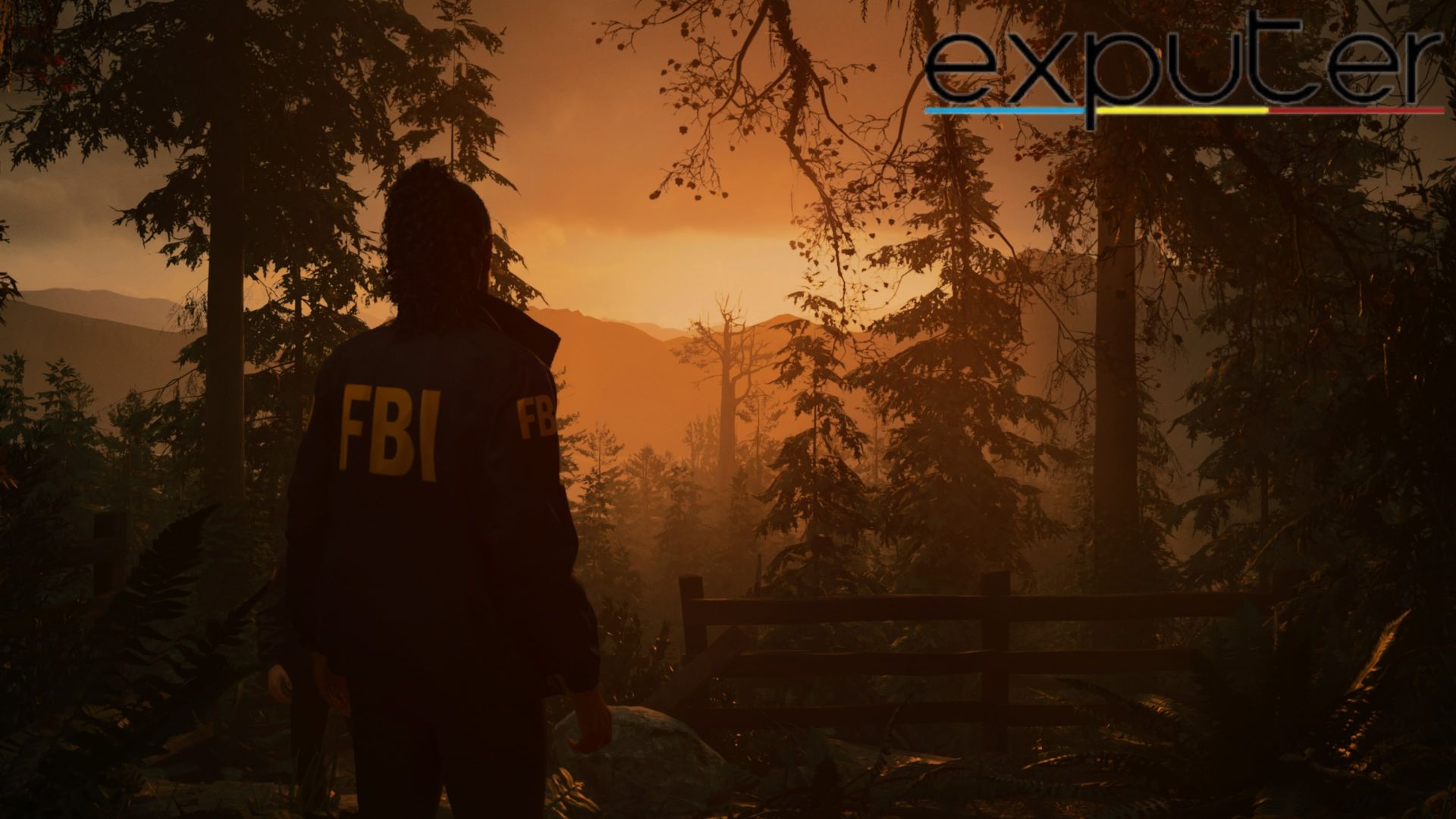
Alan Wake 2 is one of the most visually stunning games of this generation, and that has very little to do with the actual graphical aspect of the title, though that itself is extremely impressive as well.
Built using the studio’s in-house Northlight Engine, the game brings the town of Bright Falls and the Dark Place to life in a way only Remedy’s exceptional artists can. The art direction here is superb, and each and every area of the world is realized with incredible attention to detail.
The art direction here is superb, and each and every area of the world is realized with incredible attention to detail.
Whether it’s the dark and creepy forest on the outskirts of Bright Falls or the graffiti-laden walls of the Dark Places‘ version of New York, every square inch of this game is oozing with personality. The city in particular with its dark subways and abandoned streets is a joy to explore and offers a great contrast to the countryside.
And when it comes to sound design, Remedy has once again knocked it out of the park. From the groans of The Taken as they stumble towards you, to how the shadows surrounding those foes screech as they are burned away. Even just the ambient sound of many of the locations you visit is better than what we get with most games.
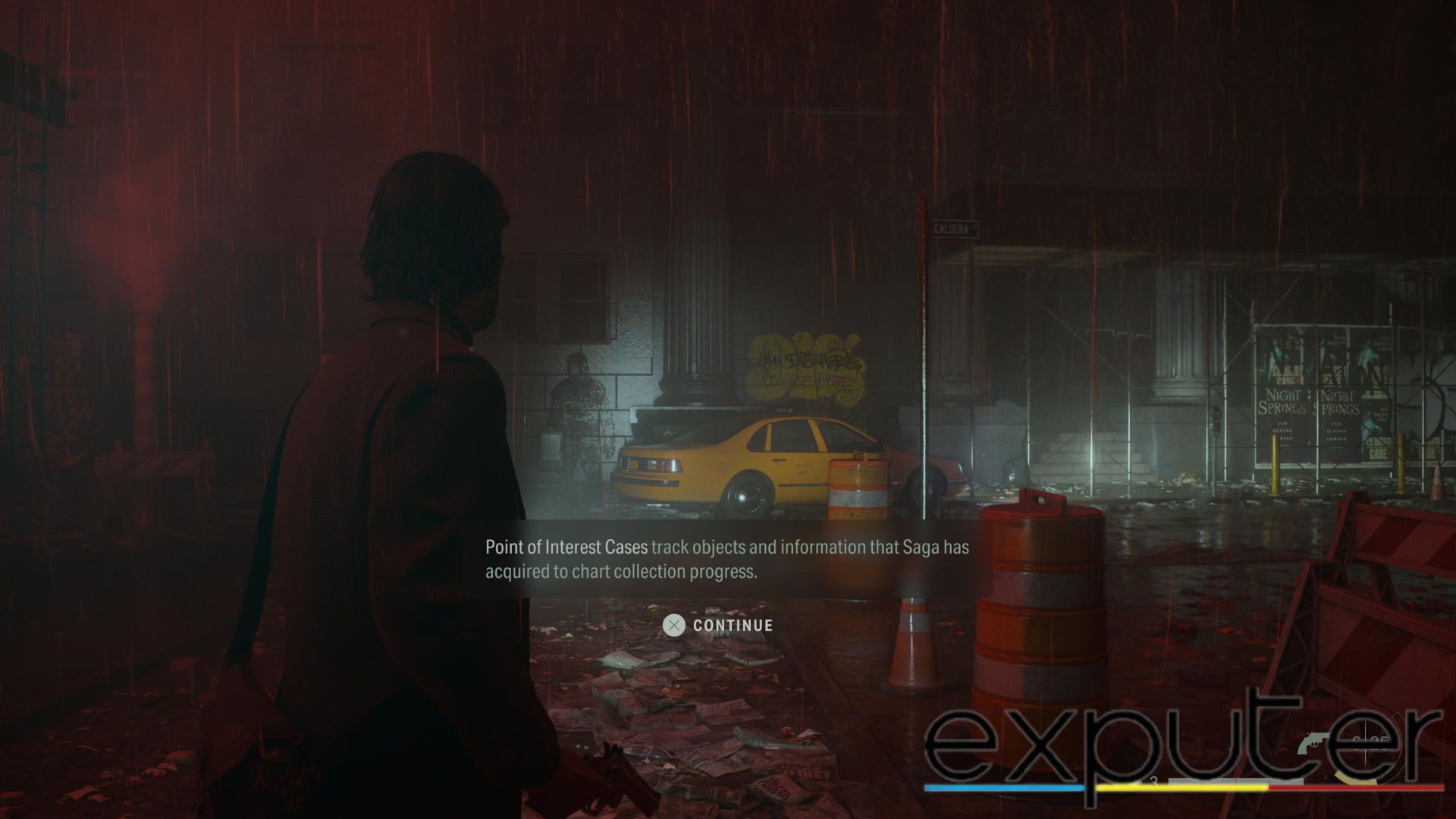
A special shoutout also has to be given to the weapon sound effects, which ring through the forests and tight corridors with extreme ferocity. And because of how rare ammunition is now, you can feel every shot.
We got to test Alan Wake 2 on the PlayStation 5 and in terms of performance it was as solid an experience as we could have hoped for. Once again, Quality Mode offers 4k visuals at 30 FPS, while Performance Mode runs the game at 1440p at a very stable 60 FPS.
Nothing too special here, everything simply works as advertised, which is honestly a big relief nowadays. As far as bugs are concerned, I noticed nothing that even came close to them in my 20+ hours with the game. No texture issues, no pop-in, nothing. This is just an incredibly optimized game.
Verdict
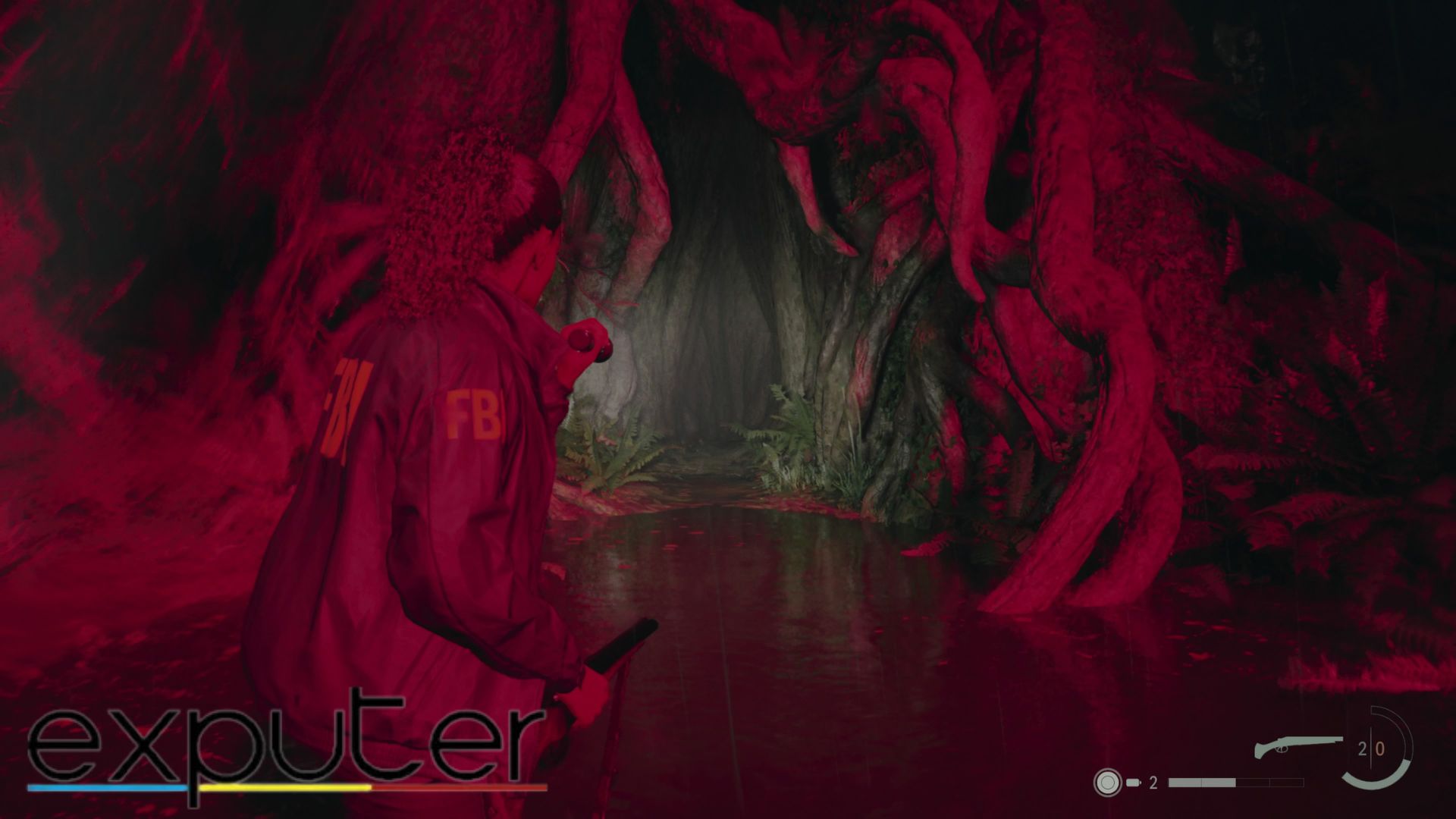
Alan Wake 2 is not only the best possible sequel fans could have hoped for it’s also an incredible survival horror game in its own right. It evolves the core formula established by its predecessor not by adding tons of new features on top of it, but by further refining and enhancing those that already existed.
The few new features we do get, like the Mind Place and the Angel Lamp, are excellent new additions that don’t intrude on the central mechanics but still add tons of depth to both the gameplay and the narrative. And boy, what a narrative it turns out to be.
Whether you’re a long-time fan or a newcomer to the series, Alan Wake 2 is an excellent title that I highly recommend you check out.
This has been our Alan Wake 2 Review. While you’re here, consider checking out some of our other articles.
- Super Mario Bros. Wonder Review
- Cities: Skylines 2 Review
- Counter-Strike 2 Review
- Spider-Man 2 Review
- Lords of the Fallen Review
- Final Fantasy XIV Review
- Alan Wake
-
Alan Wake’s American Nightmare
- Control
- Quantum Break
-
Max Payne 3
Thanks! Do share your feedback with us. ⚡
How can we make this post better? Your help would be appreciated. ✍
